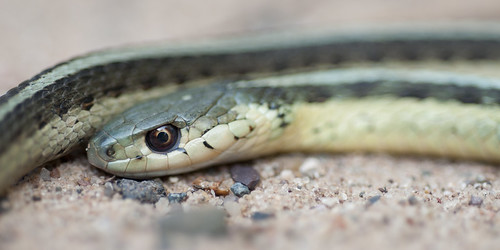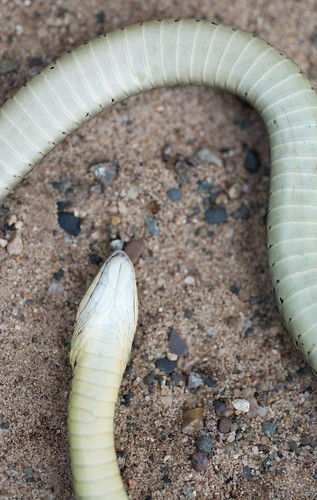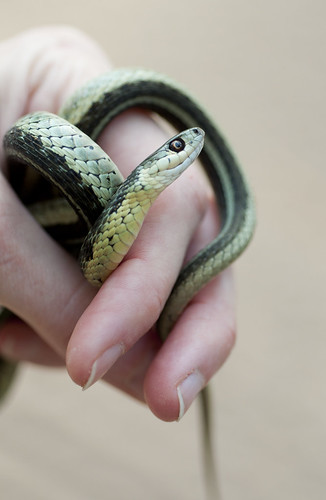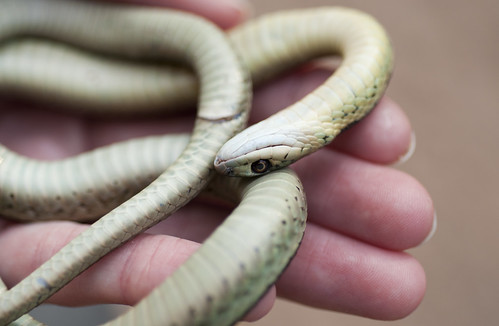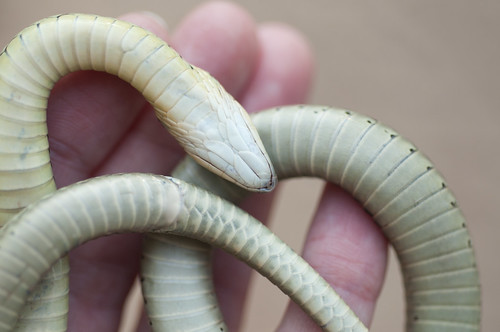By August 24, the buck skull was finished. Over five months had passed since I'd found the buck and removed its head. The result, I think, was well-worth the wait.
 |
| click for larger view |
 |
| click for larger view |
The antlers on this skull are pretty incredible. Three of the tines on the right side are broken — no doubt from clashes during the rut. The tines on the left antler are all intact, and the length of the eyeguard and especially the G2 are rather impressive.
 |
| click for larger view |
When viewed from the front, the skull is pretty lopsided! I've got to wonder who this buck was battling, and just how big his opponent's antlers were.
 |
| click for larger view |
One thing I really love about this skull is the base of the right antler. There are all sorts of bizarre spurs and points coming out of it, as well as a bit of webbing between the main beam and eyeguard. The amount of beading on the antlers is pretty noteworthy, as well — they're very bumpy.
 |
| click for larger view |
When this buck died, he was getting ready to shed his antlers: the pedicles on both sides were deteriorating, the bone weakening. His death halted that process, but the evidence remains.
 |
| click for larger view |
Another cool thing about this skull is the evidence of coyotes! Before I found the body, it had been dragged and eviscerated by scavenging coyotes. They left their mark, quite literally, on several of the buck's tines: teeth marks!
Back in March of 2011, I found a dead buck at Matthaei, not too far from where I found this one. It's interesting to compare their skulls, side-by-side.
 |
| click for larger view |
 |
| click for larger view |
Judging by the wear on their teeth, there isn't much of an age difference between the March 2011 buck and the March 2013 buck. The difference in the size and strength of their antlers doesn't denote age — it simply denotes a difference in genes. It's safe to say that this year's buck had a much more impressive set of genes, and I sincerely hope he passed them along before his death.
Back in 1998, a four-point buck was hit across the road from the Matthaei Botanical Gardens. I have a very vivid memory of my mother cutting the head from the carcass; over the next several months, the skull was decomposed by backyard insects. I still have that skull in my possession, and it was a real treat to compare it to the 2011 and 2013 bucks:
 |
| click for larger view |
On the topic of good genes, the 1998 buck certainly had them. He was quite young when he died — his teeth were still growing in — but his antlers were impressive, even for a four-pointer. The base of his antlers are quite remarkable, and are reminiscent of those of the 2013 buck. It's not too far-fetched to think that somehow, they might be related.

